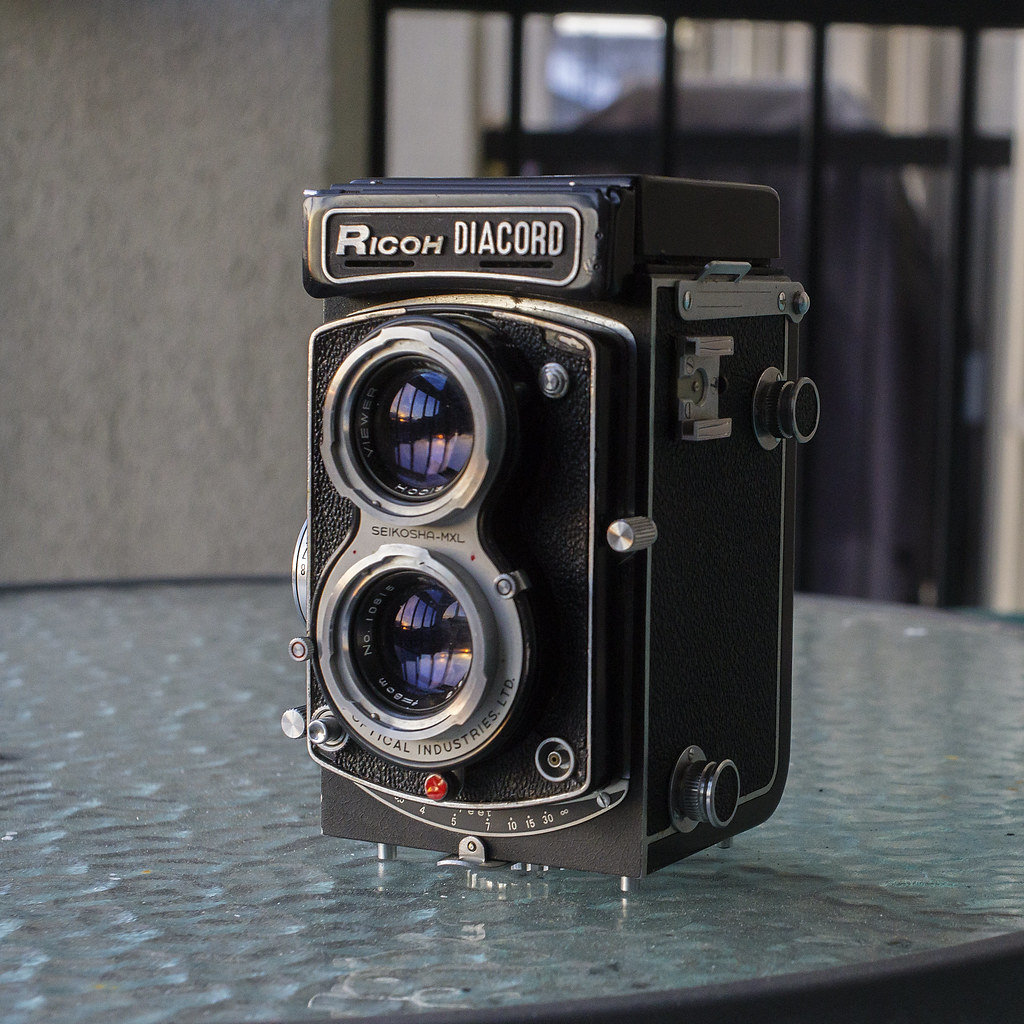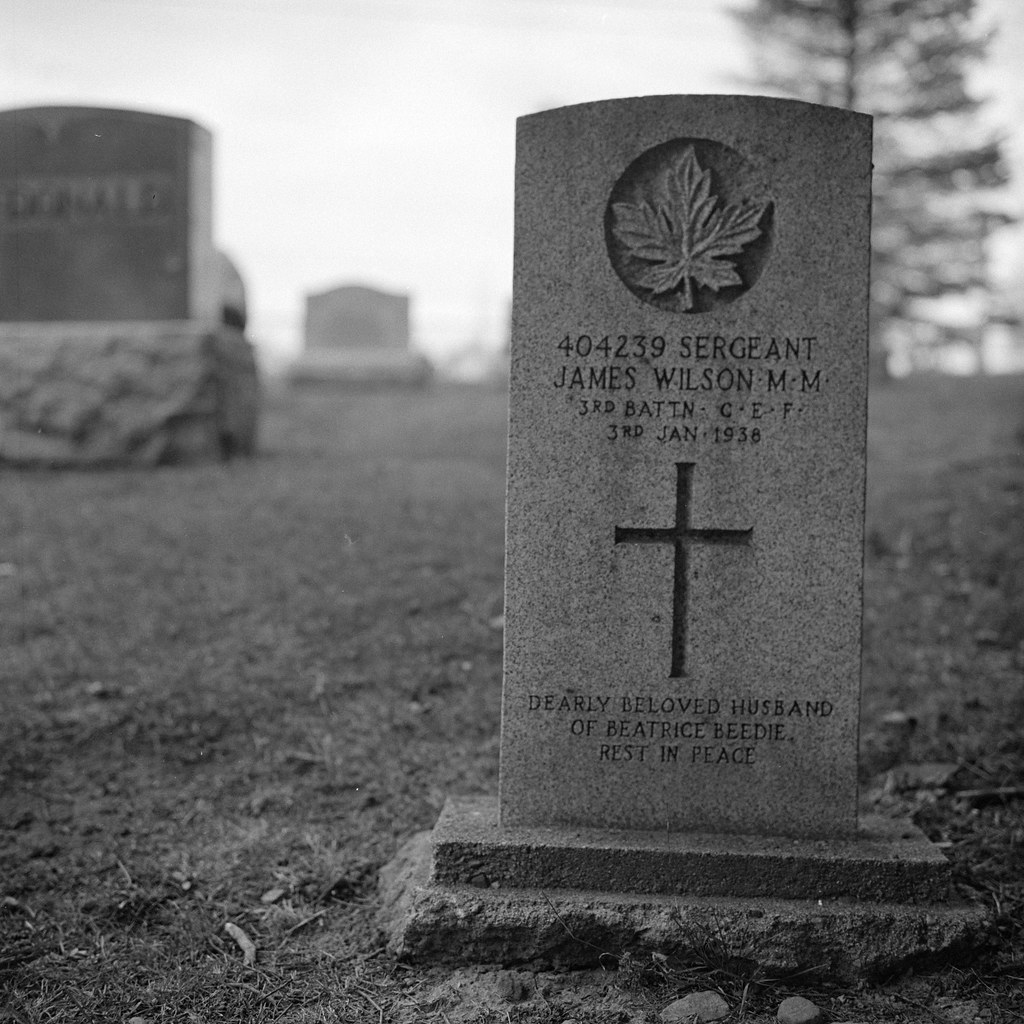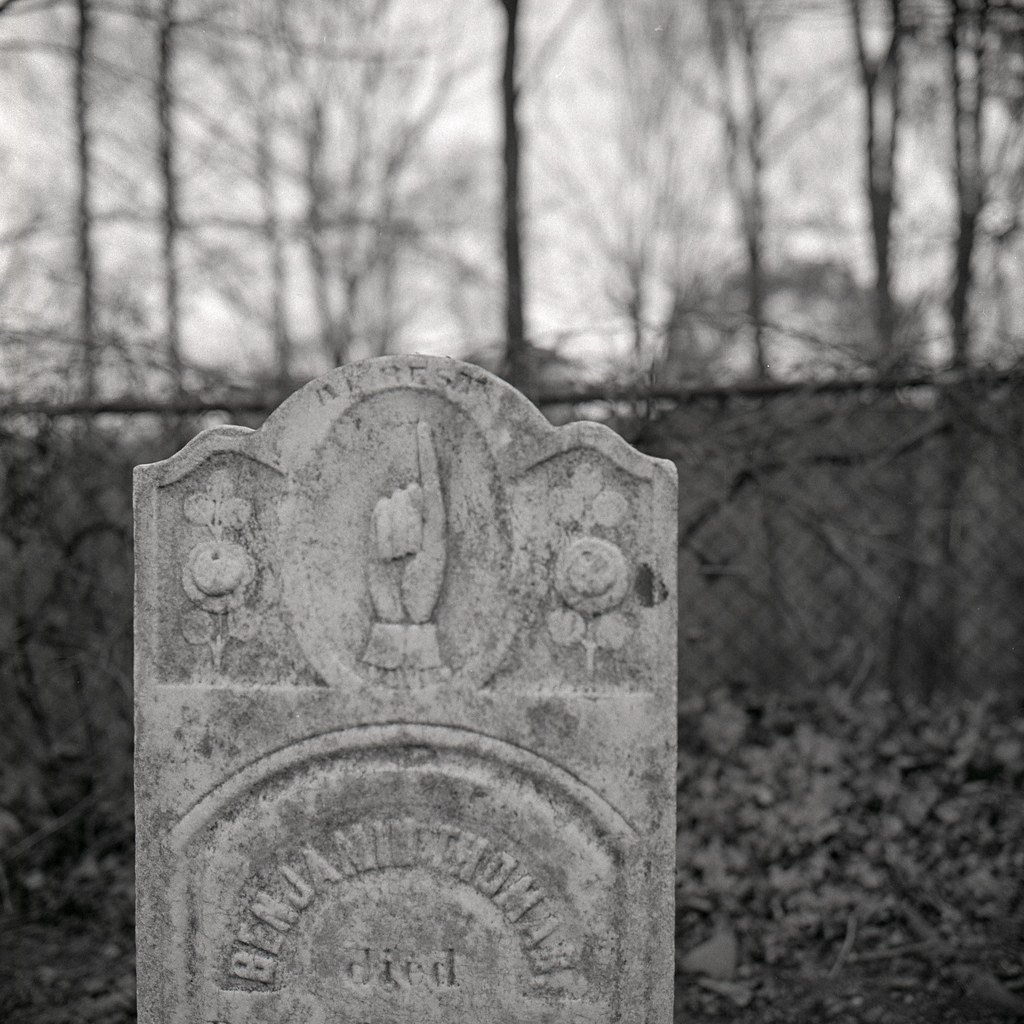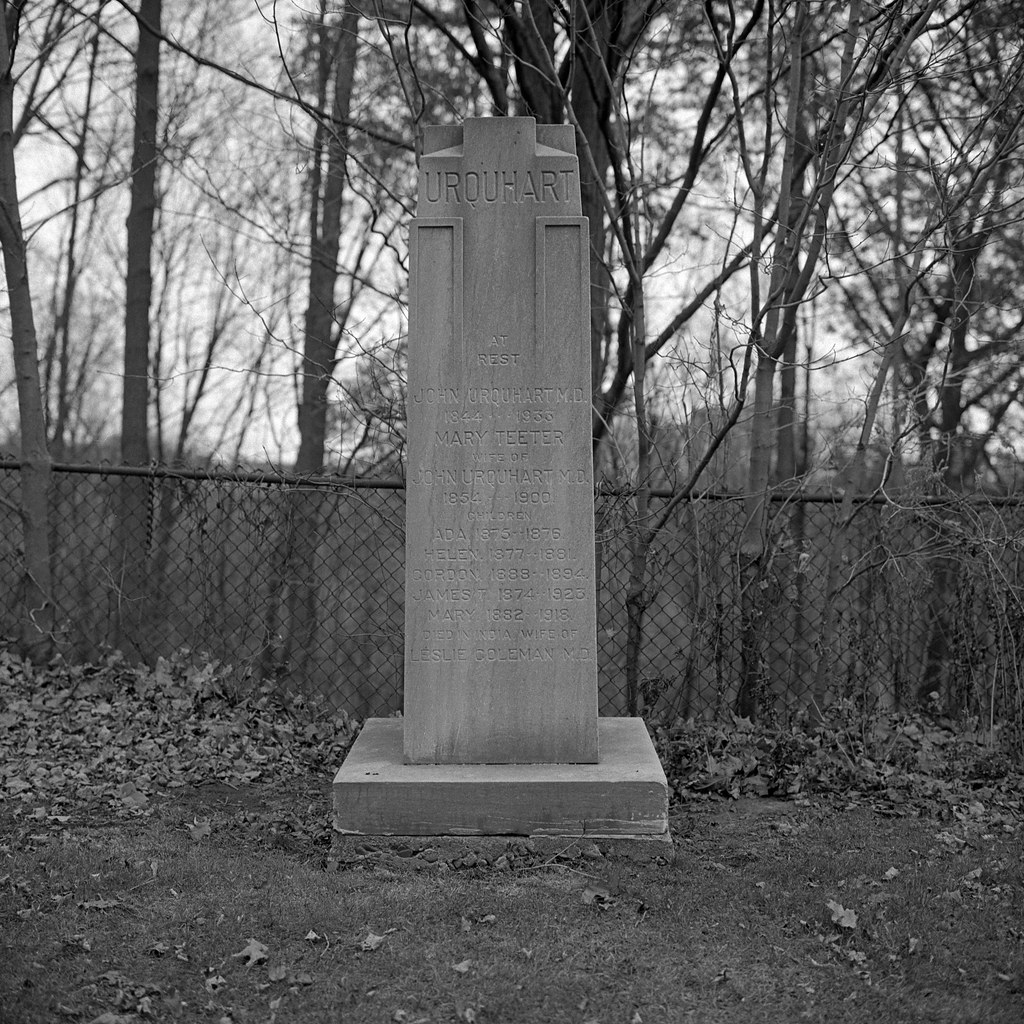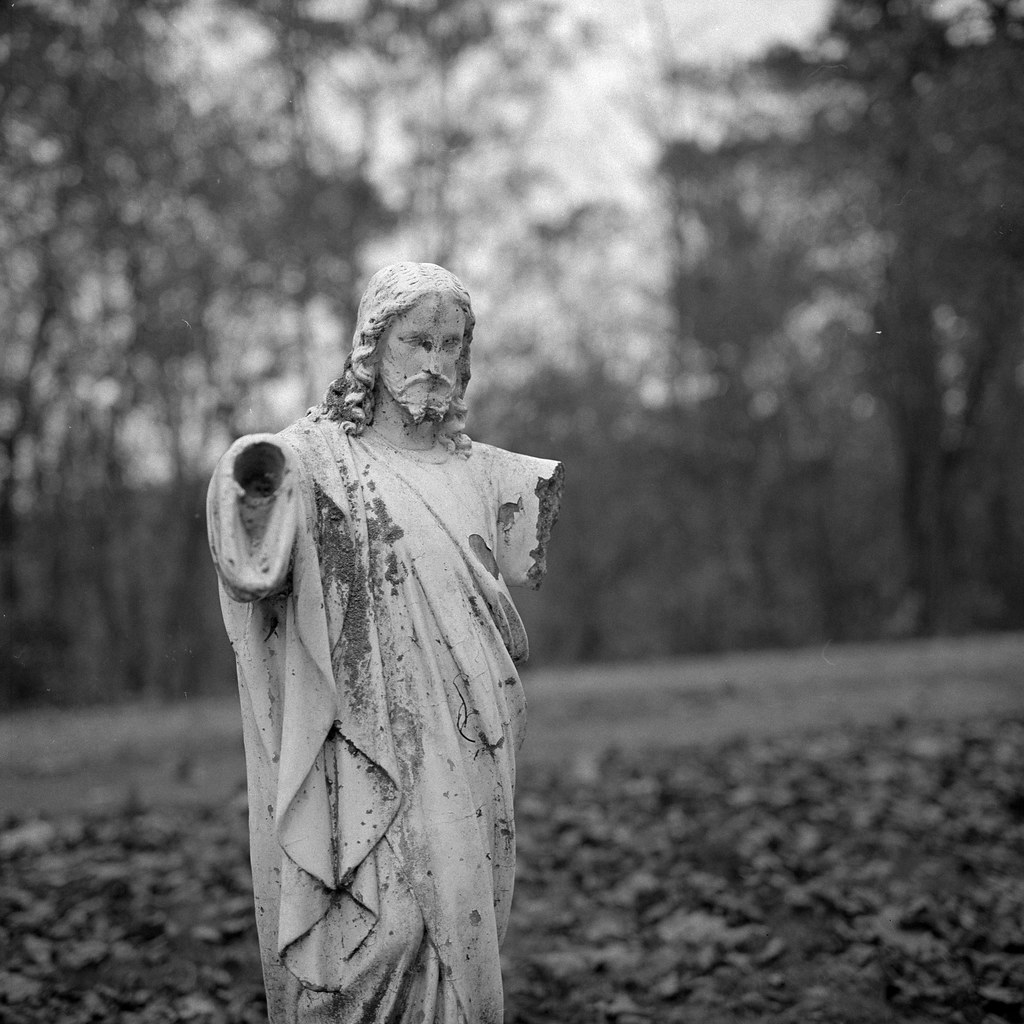I’ve always found the TLR to be an enjoyable camera to operate. From my very first Lubitel 2, the Yashica-12, and my current Rolleiflex 2.8F. The waist level finder, the dedicated finder lens and near silent operation. Of course, for the average photographer, the two brands that come to mind when it comes to TLRs is Rollei (both flex and cord) along with Yashica. But if you just stuck with these two brands you just might miss out on several other options, one being the Ricoh Diacord. The model under review today is the Diacord L, L standing for lightmeter. While the Diacord could never stand up to the heavy hitters from Rollei, it certainly can hold its own against Yashica and Minolta. Thanks to Mike Bitaxi for loaning the Diacord out for review.
Disclaimer: This is an old review, and is scheduled for an update and may look funny during that update. However, due to a large number of reviews that require this update it may take some time. Please be patient during this process as the reviews may appear incomplete and in flux during the update procedure.
- Make: Ricoh
- Model: Diacord L
- Type: Twin Lens Reflex
- Format: Medium (120), 6×6
- Lens: Fixed, Rikenon 1:3.5 f=8cm
- Year of Manufacture: 1957
The Good
Most users of TLRs are used to having a focus knob on the side of the camera, however, with the Diacord this has been replaced with a see-saw control that operates by an up and down motion to set the focus. While this works great for wide focusing, but is a bit tricky for fine adjustments, but I’m sure with some practice it can be achieved. The camera, despite having a meter does not require a battery as the meter is selenium based and the name badge flips up to reveal it, this means that even with the age of the camera most will have functioning cells as they’re kept in darkness. Weight wise, the camera is lighter than my Rolleiflex, and with a decent strap, it can be carried around without any pain or effort for a day’s worth of shooting. Plus don’t let the light weight fool you, the Diacord has a good build quality. Finally, let’s talk optics, I’ve reviewed several Ricoh built cameras and lenses, and the optical quality of the Rikenon glass is excellent. And even with a f/3.2 finder lens, the viewfinder is nice and bright even in the dim dusk light of the four o’clock hour.
The Bad
Despite my enjoyment of TLRs, the Diacord has some serious points that turn me away from the camera. The first is the film advance; the press-release advance is something that I find annoying in all cameras. If you do it wrong, you either advance the film too far and mess up frame spacing or do damage to the camera itself. Either way, it’s a mechanism that is not needed as there were already several tried and true crank based options on the market. While the camera does have a solid light meter, the exposure settings are frustrating, as the shutter speed and aperture settings are not fully independent of each other, and the meter itself hand to read and understand. Even with using my Gossen Lunasix F, setting the camera is a troublesome task.
The Lowdown
Both the good and the bad seem to balance each other out on this camera leaving me on the fence. I can remember my first exposure to the camera back on the first Mystery Camera Challenge for the Classic Camera Revival Podcast, where we ended up naming the camera the Ricoh DOAcord. The trouble is that the camera is of a certain age that a CLA (Clean, Lube, Adjust) is well needed to ensure proper operation. In fact, before I took the camera out I had to run the shutter several times before it could release. Despite the solid optics and easy use of the camera, I cannot truly recommend it. I’ll have to say you’d be better off getting a Yashica 124G or Minolta Autocord before a Diacord.
All Photos Taken in St. Mary’s Pioneer Cemetery, Oakville, Ontario
Ricoh Diacord L – Rikenon 1:3.5 f=8cm – Kodak Tri-X 400 @ ASA-200
Blazinal (1+50) 9:00 @ 20C
